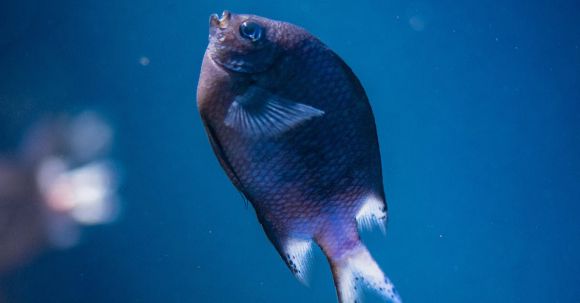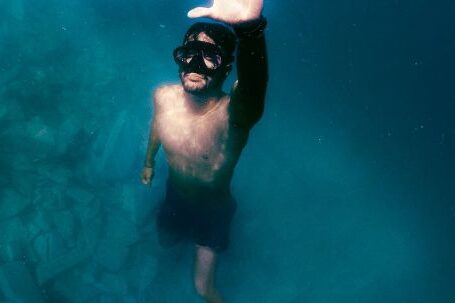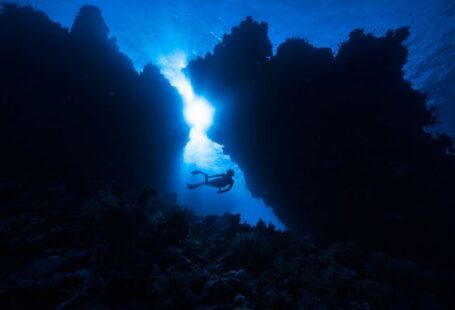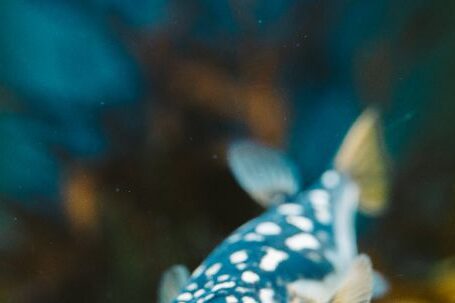The underwater world is a mesmerizing place, filled with vibrant colors, unique creatures, and breathtaking landscapes. As a photographer or videographer, capturing the beauty and diversity of marine life can be a challenging yet incredibly rewarding experience. Whether you are a beginner or a seasoned professional, these tips will help you showcase the wonders of the underwater world in all its glory.
Understanding the Environment
Before diving into underwater photography, it is essential to familiarize yourself with the marine environment. Take the time to research the location and the species you are likely to encounter. Understanding the behavior and habits of marine animals will enable you to anticipate their movements and capture more compelling shots.
Invest in the Right Gear
Investing in high-quality underwater photography equipment is crucial for capturing stunning images. Underwater cameras and housings are specially designed to withstand the water pressure and provide clear, sharp images. Additionally, wide-angle lenses are ideal for capturing vast underwater landscapes, while macro lenses allow you to focus on intricate details of smaller marine creatures.
Master Buoyancy Control
Achieving stable buoyancy control is essential for capturing sharp and well-composed images underwater. Practice controlling your body movements and breath to maintain a steady position in the water. This will help you get closer to your subjects without disturbing them and create a more intimate connection with the marine life you are photographing.
Use Natural Light
Natural light can be your best friend when it comes to underwater photography. Utilize the available sunlight to create stunning effects and bring out the vibrant colors of the marine life. Position yourself in a way that allows the sunlight to illuminate your subject from the front or side, enhancing its features and creating a captivating image.
Experiment with Angles and Perspectives
To add variety and interest to your underwater images, don’t be afraid to experiment with different angles and perspectives. Get low and shoot up to highlight the subject against the surface of the water. Capture shots from below to showcase the magnificence of larger marine creatures as they swim overhead. By exploring different angles, you can create unique and visually striking compositions.
Patience is Key
Underwater photography requires patience. Marine animals can be elusive and may not always cooperate with your photographic endeavors. Take your time, observe their behavior, and wait for the perfect moment to capture the shot. Remember, patience pays off, and the resulting images will be well worth the wait.
Respect the Marine Life
As photographers and videographers, it is our responsibility to respect and protect the marine environment. Avoid touching or disturbing the marine life, as it can cause stress and harm to the animals and their habitat. Follow ethical guidelines for underwater photography and prioritize the well-being of the marine creatures you encounter.
Post-Processing for Enhancement
Post-processing is an essential step in bringing out the best in your underwater images. Use editing software to fine-tune the exposure, colors, and sharpness of your photographs. However, it is crucial to maintain the integrity of the image and not manipulate it beyond recognition. Aim to enhance the natural beauty of the marine life you have captured rather than altering it completely.
In conclusion, capturing underwater wildlife is a fascinating and exhilarating experience. By understanding the environment, investing in the right gear, mastering buoyancy control, utilizing natural light, experimenting with angles, and practicing patience and respect, you can create stunning images that showcase the wonders of the marine world. Remember to always prioritize the well-being of the marine life and follow ethical guidelines for underwater photography. So dive in, explore the depths, and let your camera capture the magic of underwater wildlife.





